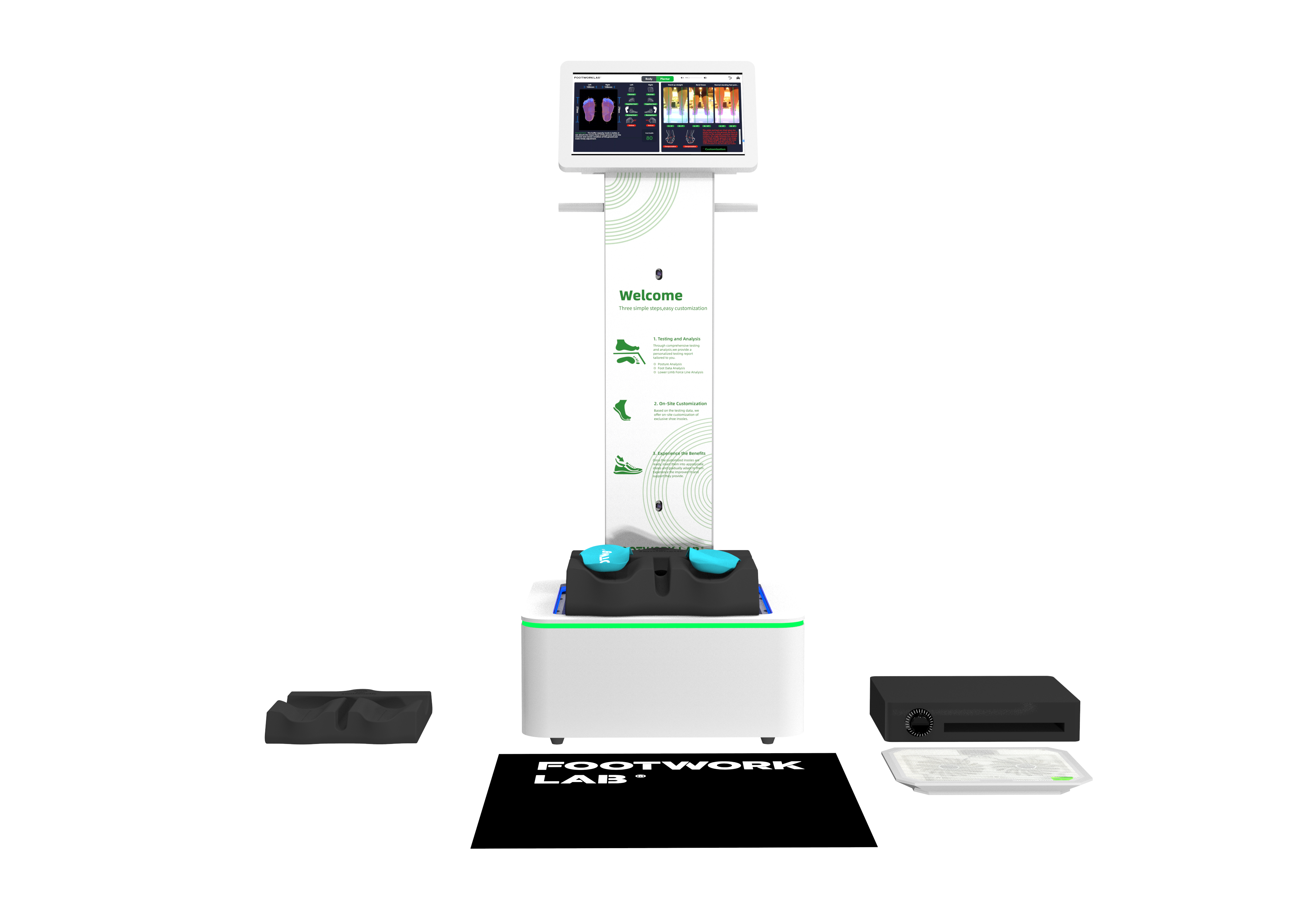Ein orthetischer Scanner ist ein spezielles Gerät, das entwickelt wurde, um detaillierte 3D-Messungen des Fußes zu erfassen, insbesondere optimiert für die Erstellung individueller orthetischer Einlagen, die die spezifischen biomechanischen Eigenschaften eines Fußes berücksichtigen. Im Gegensatz zu allgemeinen Fußscannern, die sich auf grundlegende Abmessungen zur Bestimmung der Schuhgröße konzentrieren, legen orthetische Scanner den Schwerpunkt auf die feinen Konturen und Druckpunkte der Fußsohle – entscheidend für die Entwicklung von Orthesen, die gezielte Unterstützung, Ausrichtung und Druckverlagerung bieten. Mithilfe fortschrittlicher Technologien wie strukturiertem Licht, hochauflösenden Kameras oder Drucksensoren erstellen diese Scanner präzise 3D-Modelle, die die Höhe des Fußgewölbes, die Krümmung der Ferse, die Position der Metatarsalköpfe sowie Bereiche mit hohem Druck während des Belastungsvorgangs beinhalten. Diese Daten sind für Orthopädietechniker und Kliniker unerlässlich, um Probleme wie Plattfüße, Hohlfüße, Überpronation oder Druckgeschwüre zu erkennen und Orthesen zu entwickeln, die diese Probleme ausgleichen. Der Scanningvorgang ist darauf ausgelegt, effizient und patientenfreundlich zu sein, er dauert etwa 10–30 Sekunden pro Fuß und erfordert minimale Bewegung des Patienten, um die Genauigkeit zu gewährleisten. Das resultierende 3D-Modell wird typischerweise in eine CAD-Software importiert, in der der Orthopädietechniker das Design anpassen kann – beispielsweise die Höhe des Fußgewölbes verändern, Polsterung hinzufügen oder die Tiefe der Ferse anpassen –, um auf den spezifischen Zustand des Patienten einzugehen. Dieser digitale Arbeitsablauf macht lästige Gipsabdrücke überflüssig, reduziert die Produktionszeit und ermöglicht einfache Anpassungen, falls sich der Behandlungsbedarf des Patienten ändert. Oft sind orthetische Scanner mit Druckabbildungstechnologie kombiniert, um dynamische Daten während des Gehens oder Stehens zu erfassen, sodass sichergestellt wird, dass die Orthese auch bei Bewegung effektiv funktioniert. Wenn beispielsweise ein Scanner während des Gangs einen übermäßigen Druck auf den Vorfuß feststellt, kann die Orthese so gestaltet werden, dass dieser Druck auf umliegende Bereiche umverteilt wird. Indem diese Scanner sich auf die spezifischen Anforderungen der Orthetikentwicklung konzentrieren, garantieren sie, dass jede Einlage eine präzise, individuelle Lösung darstellt, die den Komfort maximiert und therapeutische Vorteile für Patienten mit unterschiedlichsten Fußproblemen bietet.
